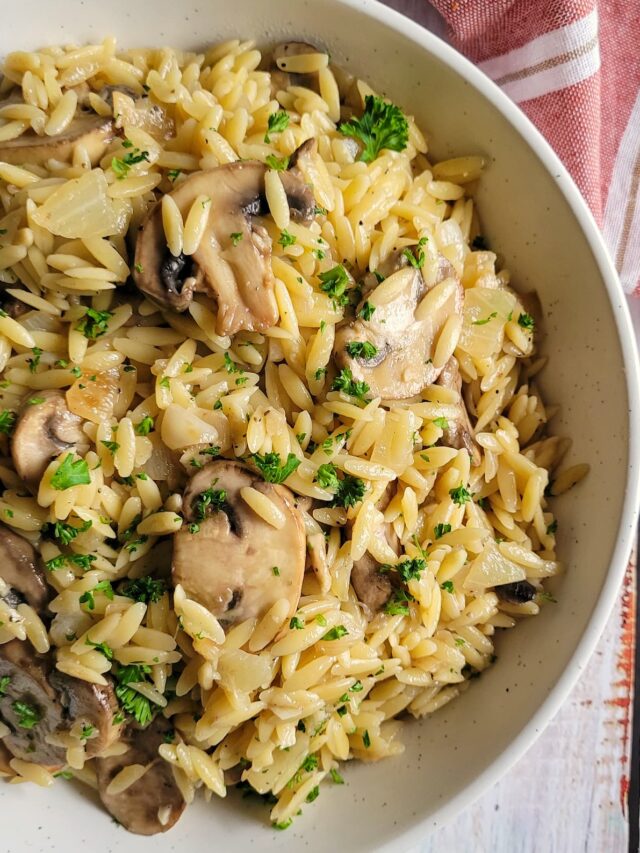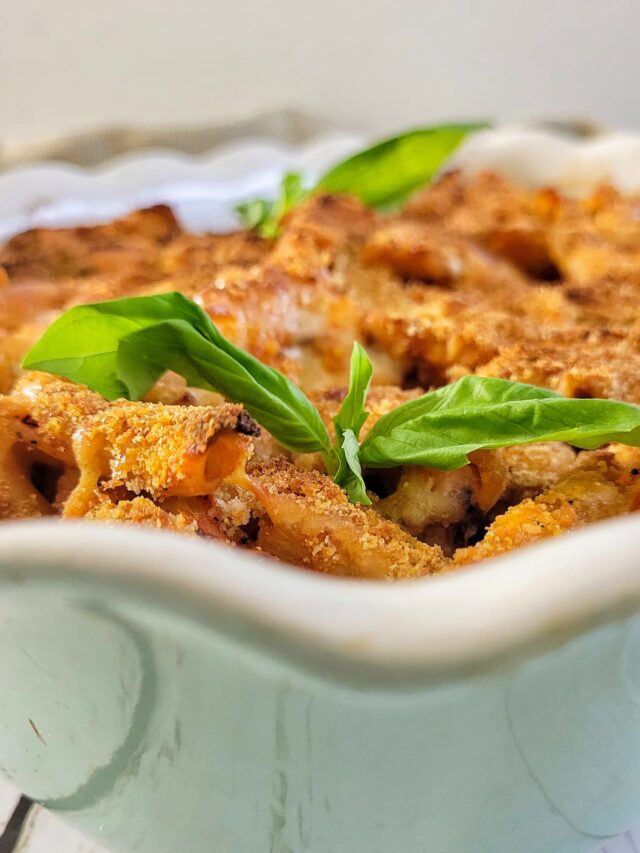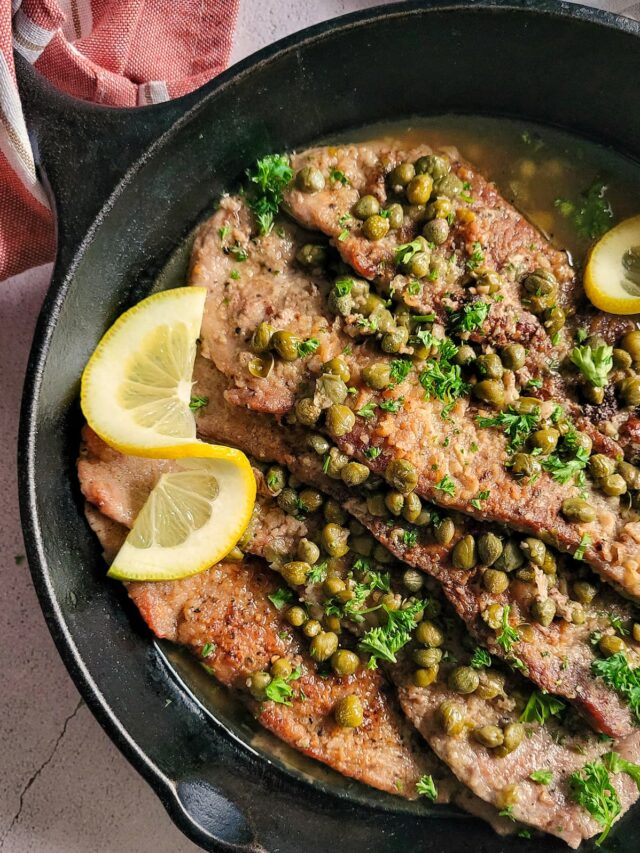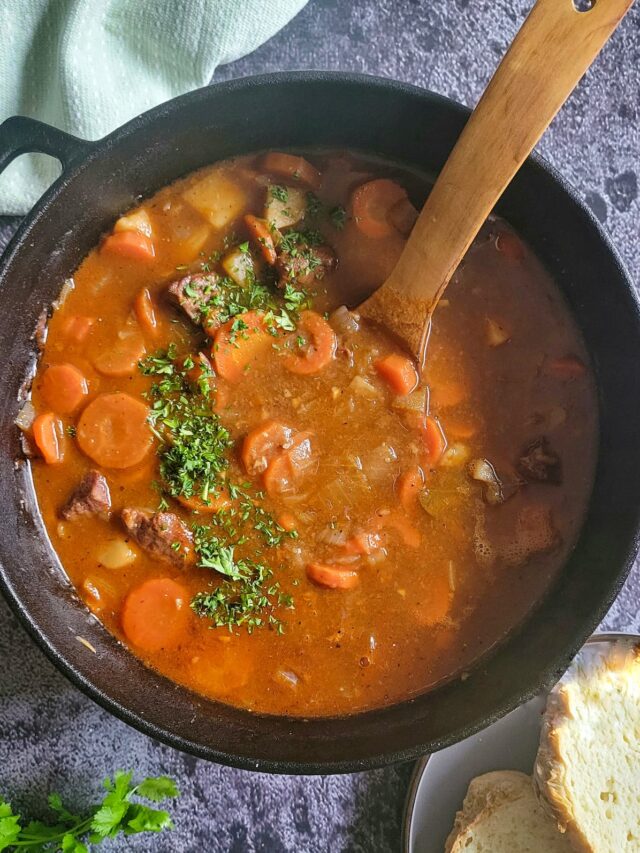This Irish Soda Bread Recipe is a taste of tradition, boasting a golden crust and a tender crumb. With its rustic charm and delightful simplicity, it’s a must have for any occasion, from cozy family gatherings to festive celebrations.
Yeah, yeah. I’ve gone on the Keto Diet a few times in recent years. BUUUT that definitely don’t mean that I ain’t no carb lover. Cause, trust me, I am. Whether we’re talking about my favourite and super easy to make No Knead Bread or some other type of bread, I can seriously eat it for breakfast, lunch and dinner. I love it by itself, dunked into a piping hot bowl of soup or topped with sweet or savoury toppings. And honestly, there really ain’t anything quite like baking a loaf of your own bread at home. As intimidating as it may seem at first, the smell alone is enough to make the entire process completely worthwhile. Am I right?!

With St. Patrick’s Day right around the corner, I thought that there was no better time than now to make my first ever loaf of Irish soda bread. In classic Andrea fashion and staying true to my festive self, I was whipping up a hearty batch of Irish Beef Stew and needed something to go alongside it. If you’re anything like me, your mind immediately thought of a nice crusty piece of bread to soak up that deliciously rich guiness broth. I just knew I had to have something!
And boy, did I hit the jackpot with this one. Irish soda bread is known for its crusty exterior and tender interior, and let me tell you, this loaf did not disappoint. With each slice revealing a perfect balance of texture and flavour, it’s no wonder this bread has become a beloved staple in Irish households for generations. It is in mine now, too! Whether enjoyed warm from the oven with a generous slather of butter or paired with a hearty stew like my Irish Beef Stew, Irish soda bread is the perfect addition to any meal and comfort food at its finest.
WHAT YOU’LL NEED

That’s right! This easy Irish soda bread comes together with just 4 simple ingredients. By understanding the role of each one, you can appreciate how they work together to create the unique texture and flavour of Irish soda bread. So, let’s help you do exactly that and discuss them in a little bit more detail down below:
- All Purpose Flour: A versatile flour commonly used in baking. It’s made from a blend of high-gluten hard wheat and low-gluten soft wheat. All-purpose flour works well for soda bread because it provides structure without making the bread too dense. RECIPE NOTE: While all purpose flour is traditionally used in Irish soda bread recipes, you can experiment with different types of flour to suit your preferences or dietary needs. For example, you could try using whole wheat flour for a heartier texture or a gluten-free flour blend for a gluten-free version of the bread. Just keep in mind that different flours may affect the texture and flavour of the bread, so you may need to adjust the recipe accordingly and be prepared for some variations in the final result.
- Baking Soda: Also known as bicarbonate of soda, baking soda is a leavening agent that helps the bread rise. When combined with an acid (like the lactic acid in buttermilk), baking soda produces carbon dioxide gas, which creates bubbles in the dough and causes it to expand. PRO TIP: DO NOT use baking powder in this Irish soda bread recipe! FUN FACT: The term “soda bread” in Irish soda bread comes from the use of baking soda. Unlike traditional yeast bread, which relies on yeast to make the dough rise, soda bread uses baking soda combined with an acidic ingredient, such as buttermilk, to create carbon dioxide gas, which causes the bread to rise. This chemical reaction is what gives soda bread its characteristic texture and flavour.
- Salt: A flavour enhancer that helps balance the sweetness of the bread and adds depth to its taste. It also strengthens the gluten in the dough, improving its texture.
- Buttermilk: Traditionally, Irish soda bread is made with buttermilk, which is the liquid left behind after churning butter. It has a slightly tangy flavour and contains lactic acid, which reacts with the baking soda to create the bubbles that leaven the bread. Buttermilk also adds moisture to the dough, resulting in a tender crumb in this Irish soda bread recipe.

HOW TO MAKE IRISH SODA BREAD (KEY TIPS)

You can find full instructions for how to make this traditional recipe for Irish soda bread in the recipe card down below, but here are a few quick tips to keep in mind:
- Use fresh ingredients. Make sure your flour, baking soda and buttermilk are fresh. Old baking soda may not be as effective as a leavening agent. Similarly, expired buttermilk can affect the overall taste and texture of the bread.
- Measure ingredients accurately. Baking is a science, so it’s essential to measure your ingredients accurately, especially the flour. Use a kitchen scale if possible for precise measurements.
- Flour your work surface. The dough in this Irish soda bread recipe can be quite sticky. Sprinkling flour on the work surface creates a barrier between the dough and the surface, preventing it from sticking and making it easier to handle. It also provides a slightly textured surface that helps the dough develop gluten structure during kneading. This gluten development is essential for creating a good bread texture.
- Handle the dough gently. Overmixing the dough can lead to a tough, dense bread. Mix the ingredients just until they come together, and then knead the dough gently until it forms a smooth ball.
- Don’t over-knead. Unlike yeast bread, Irish soda bread does not require extensive kneading. Over-kneading can lead to gluten development, resulting in a tough texture. Knead the dough just until it comes together smoothly.
- Shape the loaf properly. Shape the dough into a round loaf and place it on the baking sheet. Don’t forget to score a deep cross on top of the loaf before baking. This helps the bread to expand evenly and prevents it from cracking on the sides.
- Preheat your oven. Ensure that your oven is fully preheated to the correct temperature before placing the bread inside. This ensures even baking and helps the bread rise properly.
- Bake until golden brown. Bake the bread until it is golden brown on the outside and sounds hollow when tapped on the bottom. Under-baked bread may be doughy in the center, while over-baked bread can be dry.
- Cool completely before slicing. Allow the bread to cool completely on a wire rack before slicing. Slicing it too soon can result in a gummy texture.


FREQUENTLY ASKED QUESTIONS
In Ireland, traditional soda bread embodies simplicity, typically crafted from just a handful of basic ingredients. The mainstay of the recipe is flour (specifically all purpose flour). Baking soda, or bicarbonate of soda, serves as the leavening agent, partnering with an acidic component like buttermilk to produce the bread’s characteristic rise. Salt is added for flavour enhancement and to bolster the gluten structure of the loaf. Buttermilk, a staple of Irish kitchens, not only imparts a subtle tang but also contributes moisture to the dough, ensuring a tender crumb. This minimalist approach to ingredients results in a hearty, crusty loaf that epitomizes Irish comfort food, perfect for any occasion from breakfast to dinner.
Irish soda bread stands out from other types of bread due to its distinctive characteristics. Unlike yeast bread, Irish soda bread relies on baking soda as a leavening agent, combined with an acidic ingredient like buttermilk, which creates carbon dioxide gas to help the dough rise quickly. This quick preparation sets it apart, making it a convenient option for home bakers. Its traditional recipe calls for minimal ingredients: flour, baking soda, salt and buttermilk, reflecting the practical and resourceful nature of Irish baking traditions. The bread typically features a crusty exterior, thanks to its cross-slashed top, adding to its rustic appeal. Irish soda bread’s versatility is another distinguishing factor, as it can be enjoyed with sweet or savoury accompaniments, making it suitable for various occasions and meal pairings.
Overall, the use of baking soda, quick preparation, minimal ingredients, crusty exterior and versatility contribute to the unique charm and appeal of Irish soda bread.
The rise in Irish soda bread primarily comes from the reaction between baking soda (also known as bicarbonate of soda) and an acidic ingredient, typically buttermilk. When baking soda combines with the acid in the buttermilk, it produces carbon dioxide gas. This gas forms bubbles in the dough, causing it to rise and giving the bread its characteristic texture. The cross slashed on the top of the dough also helps it expand while baking, contributing to the rise of the bread. Overall, it’s this chemical reaction between baking soda and an acid that provides the leavening necessary to create the lightness and texture of Irish soda bread.
As previously stated, Irish soda bread rises primarily from the reaction between the baking soda and buttermilk. When combined, these two ingredients create carbon dioxide gas, which causes the dough to expand and rise. Unlike yeast bread, which relies on fermentation to produce carbon dioxide, Irish soda bread doesn’t require kneading for gluten development. Instead, the minimal handling of the dough helps to maintain its tender texture. Therefore, while you shape the dough into a loaf before baking, extensive kneading is not necessary for making Irish soda bread.


IRISH SODA BREAD RECIPE
This Irish Soda Bread is a taste of tradition, boasting a golden crust and a tender crumb. With its rustic charm and delightful simplicity, it's a must have for any occasion, from cozy family gatherings to festive celebrations.
Ingredients
- 4 cups All Purpose Flour
- t tsp Baking Soda
- 1 tsp Salt
- 1 3/4 cups Buttermilk
Instructions
- Preheat your oven to 425°F (220°C). Lightly grease a baking sheet or line it with parchment paper.
- In a large mixing bowl, sift together the flour, baking soda and salt.

- Make a well in the center of the dry ingredients and pour in most of the buttermilk. Reserve a little for later.


- Using a wooden spoon or your hands, mix the ingredients together until they form a soft dough. If the dough seems too dry, add more buttermilk a little at a time until you achieve the right consistency.


- Turn the dough out onto a lightly floured surface and knead it gently for a minute or two until it comes together smoothly.


- Shape the dough into a round loaf and place it on the prepared baking sheet. Using a sharp knife, score a deep cross into the top of the loaf. This helps the bread to bake evenly.

- Bake for 15 minutes, then reduce the temperature to 400°F (200°C) and continue baking for another 25-30 minutes or until the loaf is golden brown and sounds hollow when tapped on the bottom. Transfer the bread to a wire rack to cool completely before slicing and serving.

Nutrition Information:
Yield: 1 Serving Size: 1Amount Per Serving: Calories: 1992Total Fat: 9gSaturated Fat: 3gTrans Fat: 0gUnsaturated Fat: 4gCholesterol: 17mgSodium: 4409mgCarbohydrates: 402gFiber: 14gSugar: 22gProtein: 66g
Nutrition is only an estimate and calculated using Nutritionix.
DELICIOUS THINGS TO SERVE ON TOP OF THIS BREAD










That’s not traditional Irish soda bread I have my grandmother recipe and it’s over a 100 years old..it looks nothing like it
Sorry that my Irish soda bread doesn’t look like your grandmother’s.
Susan, I wonder if you would share your grandmother’s recipe, and show us what looks different.
Of the half dozen recipes I have, they are remarkably similar and simple. How about yours? I’d like to try it, and this one.
Thanks for asking that Michael, I was wondering the same thing! 😉
Susan, would you mind sharing your grandmother’s recipe and, if possible, a picture or two of the baked loaf? I love recipes that have been passed down through generations.